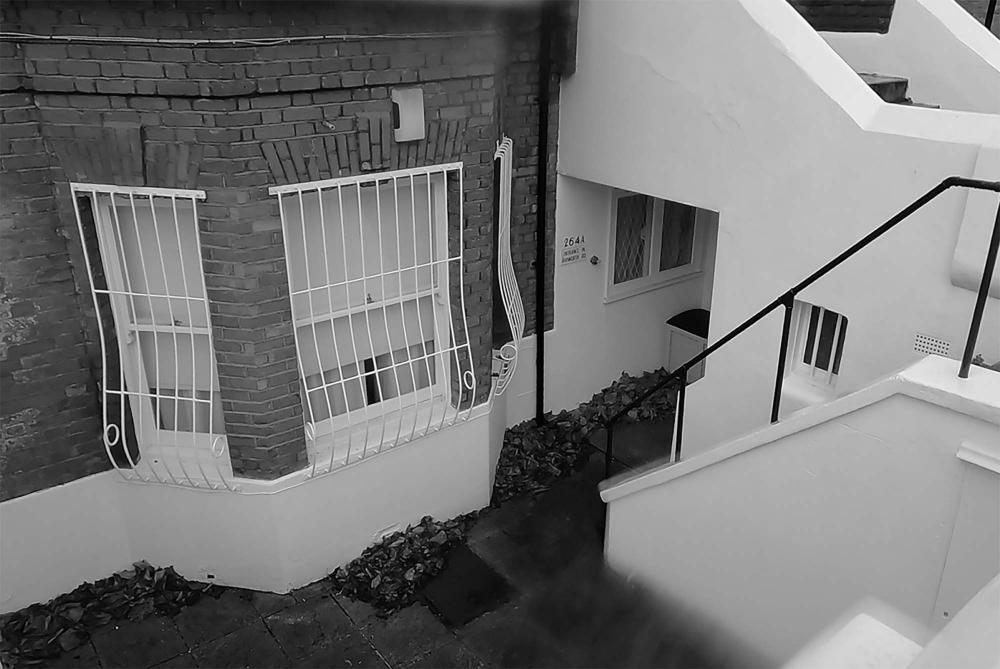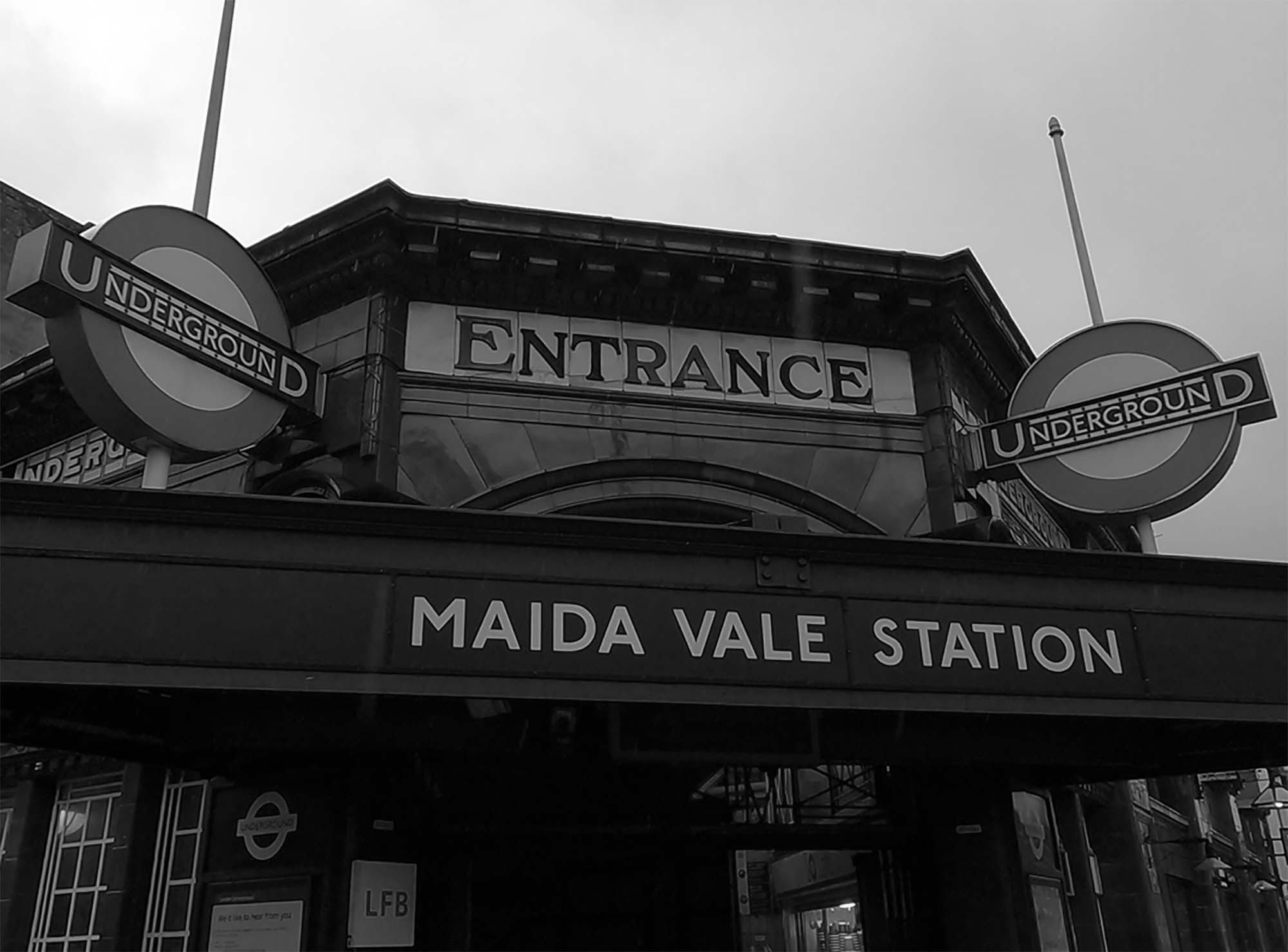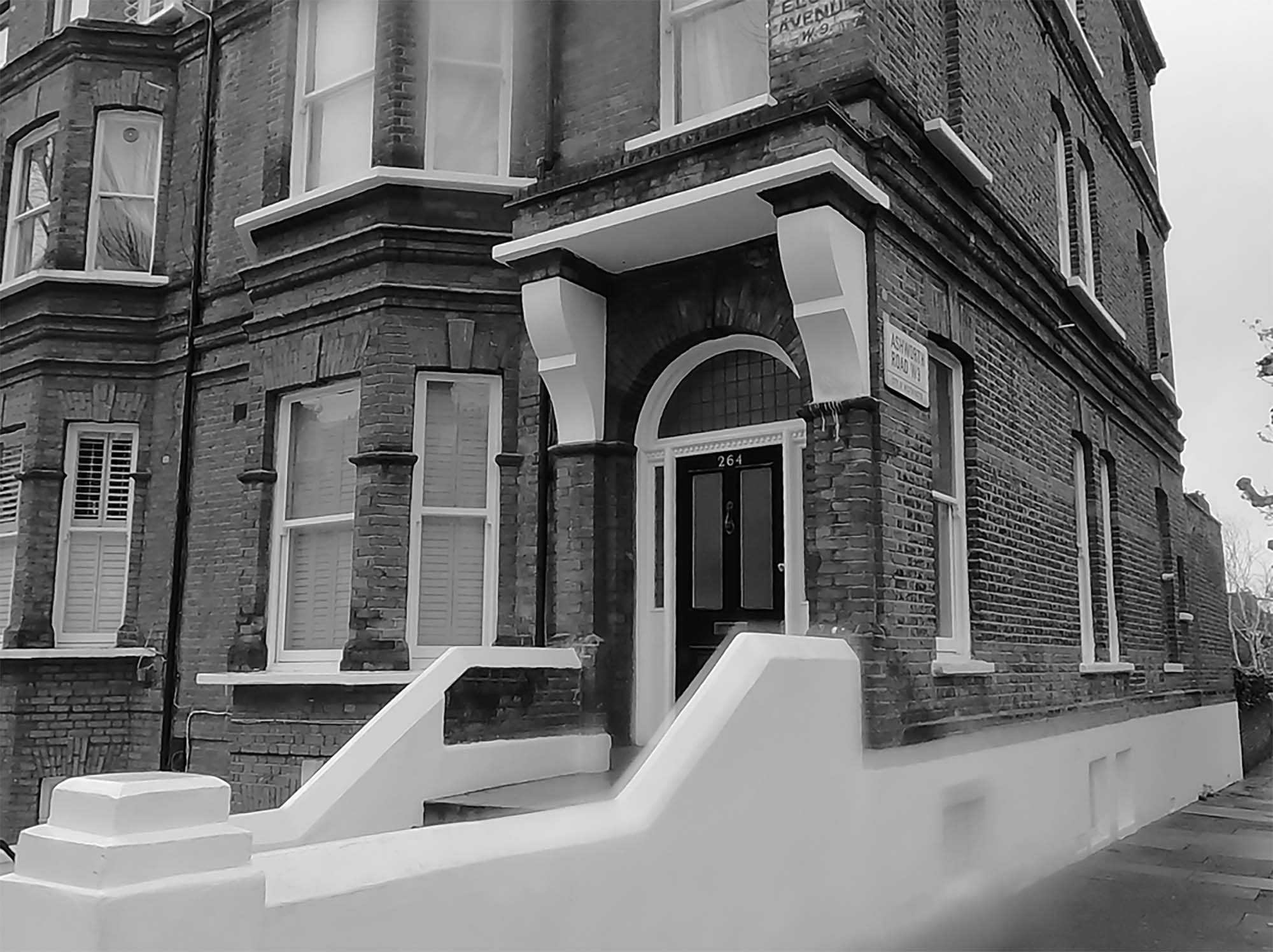

Age: 38
Sex: male
Date: 17 Feb 1962
Place: 264A Elgin Avenue, Maida Vale
Norman Rickard was found dead in a wardrobe in his flat at 264A Elgin Avenue, Maida Vale on 19 February 1962.
It was thought he had been murdered on or before 14 February 1962.
He was found naked with his hands bound behind his back and strangled.
His murder was connected to the murder of John Vigar who was found in a similar condition on 20 February 1962.
Norman Rickard had been a civil servant.
The police interviewed 2,000 people and took 400 statements, but the killer was not found.
His inquest was held on Thursday 24 May 1962 at St Pancras where a verdict of murder by person or persons unknown was returned.
Norman Rickard had been a civil servant working at the Admiralty. 264A Elgin Avenue was owned by a retired Civil Servant who was Norman Rickard's landlord. His landlord said that Norman Rickard had been living with him since the middle of 1961. He said:
He said that on 14 February 1962 that a man called at the house from the Admiralty saying that Norman Rickard had not been into work and inquired as to whether he was ill. He said:
However, he noted that there had been three days’ supply of milk outside.

He said that a few days later a woman police constable called and looked around Norman Rickard's room, and then on the following Monday two women police constables arrived. The landlord said:
The landlord said that they searched through his drawers and suitcases and then thought that they had better look into the wardrobe to see if there were any papers in there. He said:
A man that had lived in Islingwood Place in Brighton said that during the afternoon of Saturday 10 February 1962 he saw Norman Rickard in Marble Arch. He said:
He went on to say that he left Norman Rickard at about 5.30pm and arranged to meet him later at Maida Vale station and that Norman Rickard agreed to meet him between 8pm and 8.15pm. However, he said that when Norman Rickard didn't turn up that he found his house and rang the bell of the flat but got no reply. He then said:
However, he said that he then went back to the station and decided to wait a little longer in case he turned up and then saw him coming up the road with another man. He said that Norman Rickard saw him, but didn't speak to him as he passed with the other man, going in the direction of his flat.
He said that on both occasions Norman Rickard had been wearing a leather jacket, blue jeans and leather boots with high heels. He noted that the other man was dressed 'quite differently' with a dark raincoat and ordinary suit trousers showing beneath.
He noted that since Norman Rickard's body was found that he had attended identity parades but had not been able to identify anyone as the person he saw with Norman Rickard.
The man said:

When he was questioned by the Coroner, he said that he did believe that Norman Rickard had been a homosexual.
A German domestic servant who gave evidence with the aid of an interpreter who had lived in Biddulph Mansions in Paddington said that Norman Rickard introduced himself to her at about 7pm on the Saturday evening in a Piccadilly restaurant. She said that he started chatting to her about the weather and that they then left the restaurant together and went for a walk, looking at shop windows and then both caught the same train and both got off at Maida Vale. She said that she then walked with him along Elgin Avenue, noting that he seemed very nervous and had looked around as if he thought there was someone following him.
She said that she had been wearing trousers on the evening concerned and that Norman Rickard had been wearing a tweed jacket and black shoes.
The pathologist that carried out the post mortem said that he had first examined Norman Rickard's body whilst it was still in the wardrobe. He said that his body had been upside down in the wardrobe with his head resting against some shoes and that he had been dead for some time. He said that a dressing gown cord was knotted around his neck and that there was a singlet acting as a gag in his mouth and his wrists were tied behind his back with electric flex. He said:
He gave his cause of death as strangulation, adding:
A police detective superintendent said that so far, the man that had seen Norman Rickard earlier in the day and waited for him at the station and the German woman had been unable to reconcile their ideas on what Norman Rickard had been wearing when they saw him. However, he noted that Norman Rickard must have been alive on the Sunday morning after the man and the woman had seen him on the Saturday. The police detective superintendent said:
The detective added that they had found Norman Rickard's jewellery concealed in his flat as well as his wallet and said that his cases and a holdall were found padlocked. He said:
Noting that it was understood that robbery was a common fear among homosexuals of Norman Rickard's type.
The detective said that since Norman Rickard's body had been found that 2,000 people had been interviewed and 400 statements taken, but said that they had been unable to unearth the person concerned.

When the Coroner summed up he said:
The Coroner went on to state that an unnatural practice involving violence was 'a regrettable but fairly standard perversion'. He said that tied up as he was, Norman Rickard was exposed to risked, but that it was up to the jury to decide whether his death merely occurred during the act or whether there had been any intention to do injury and rob him.
It was also noted at the inquest that the police were also treating the case of Alan John Vigar, who was murdered at 29 St Georges Drive, Pimlico on 19 February 1962, as being connected.
After hearing the evidence the jury returned a verdict of murder by person or persons unknown.
see "Similarities In Four Murders." Times [London, England] 22 Feb. 1962: 6. The Times Digital Archive. Web. 3 Mar. 2013.
see National Archives - MEPO 2/10450
see Marylebone Mercury - Friday 25 May 1962 (includes photograph of Norman Rickard)
see Unsolved 1962